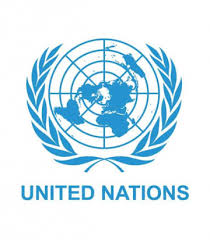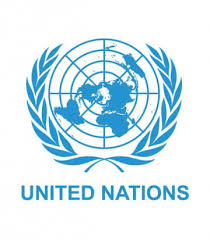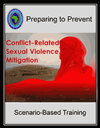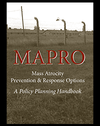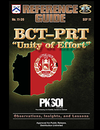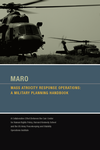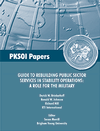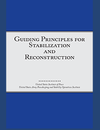United Nations Infantry Battalion Manual Volume II
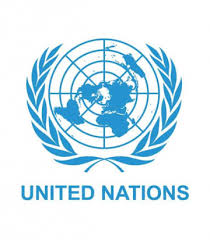
Volume II (Vol. II) is the stand-alone, comprehensive and capability based portion of the UN Infantry Battalion Manual (UNIBAM). This volume provides Battalion Commanders, staff, and Company Commanders with best practice baseline information that is normally required to plan, lead and manage battalion peacekeeping operations.

